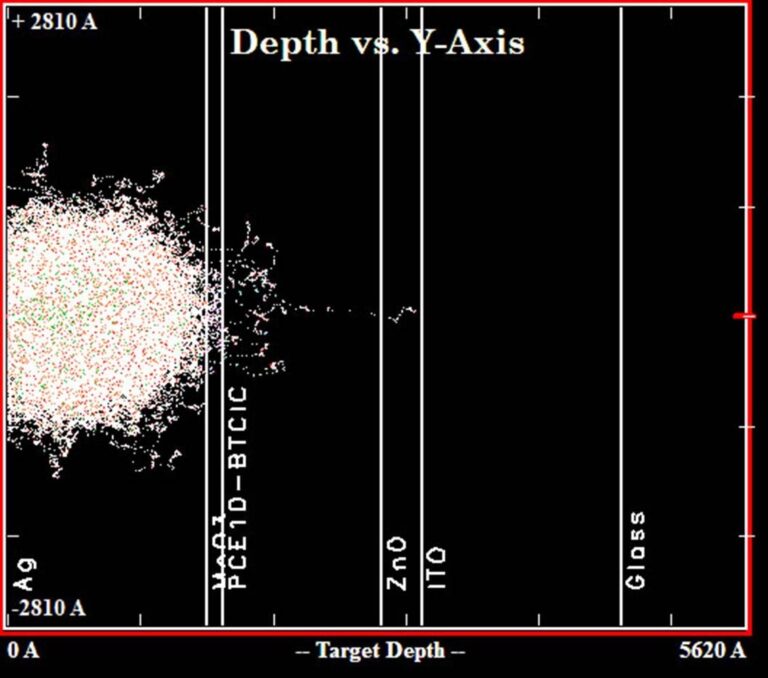Conventional silicon solar cells degrade quickly in space, and gallium arsenide cells are heavy and inflexible. Research from the University of Michigan shows that carbon-based solar cells could be well suited for space applications.
A University of Michigan study has found that carbon-based solar cells, also called organic solar cells, may outperform conventional silicon solar cells and gallium arsenide solar cells in space applications.
Silicon solar cells used on Earth deteriorate quickly when exposed to the harsh radiation of space. Alternatively, gallium arsenide solar cells are used today on satellites and spacecraft due to the material’s ability to withstand the conditions of space. However, gallium arsenide cells are expensive, stiff and heavy, making them difficult to integrate with an efficient vessel.
The research investigated the effects of radiation on organic solar cells at molecular level. The cells were tested with proton radiation, which is considered the most damaging particles in space for electronic materials.
Various organic solar cell configurations were tested in the study. Cells made with small molecules showed strong resistance to protons and showed no damage after three years of radiation testing. Conversely, cells made with complex polymers lost about half their efficiency during testing.
“We found that protons split some of the side chains, leaving an electron trap that degrades solar cell performance,” said Stephen Forrest, an engineering professor at the University of Michigan.
The ‘traps’ attract electrons released by the photovoltaic effect, preventing them from flowing into the electrodes that harvest electricity. The research team said this trap effect can be addressed by thermal annealing or heating of the cell, which repairs the cell. The researchers said the traps could also be filled with other atoms, potentially eliminating the problem.
The research team said it is likely that sun-facing organic solar cells in space could perform this self-healing process. The cells showed effective healing in the laboratory at 100 degrees Celsius, but further research is needed, the study said.
Together with Nanjing University in China, Universal Display Corp and the US Office of Naval Research, the research team is trying to discover whether the self-healing effect takes place in the vacuum of space, and whether the healing will be reliable enough for space missions. . The team hypothesizes that it may be wiser to design the material so that degradation and electron traps never occur.
The devices used in the study were partially built in the Lurie Nanofabrication Facilityexposed to a proton beam at the level of the Michigan Ion Beam Laboratoryand studied at the Michigan Center for Materials Characterization.
This content is copyrighted and may not be reused. If you would like to collaborate with us and reuse some of our content, please contact: editors@pv-magazine.com.


